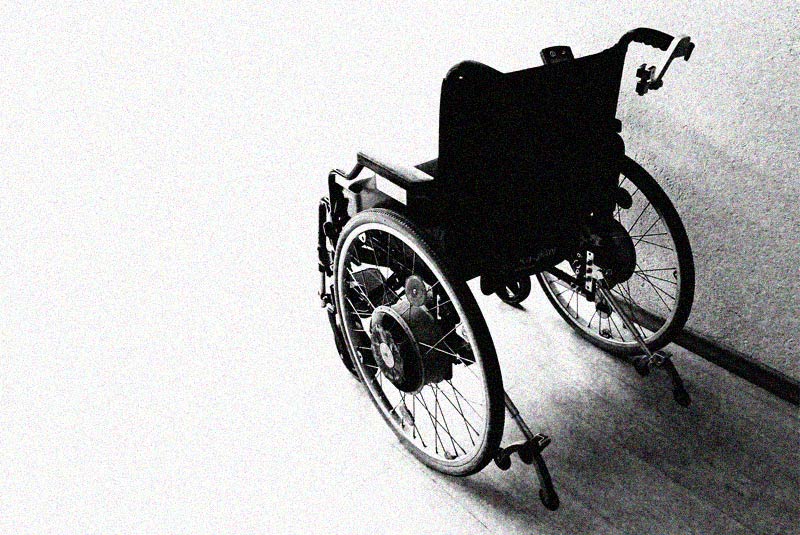The Neglect of Imprisoned Individuals with Physical Disabilities
While being convicted of a crime and sentenced to a term of incarceration is difficult for everyone, for individuals with physical disabilities it can be that much more challenging. Unfortunately, disabled people often get placed into solitary confinement, and this has many devastating effects on the individual, primarily when they can’t perform life’s basic daily tasks. Disabled people are typically punished, overlooked, or ignored when incarcerated.
The first-ever national report was released by the American Civil Liberties Union (ACLU) regarding the toll that solitary confinement takes on inmates with physical disabilities. The report included people who suffer from limited movement, and those who are deaf and blind. According to the ACLU, jails and prisons often silence those who need help by throwing them into restrictive housing unnecessarily. By performing such actions, jails and prisons are neglecting their duty to uphold the Americans with Disabilities Act (ADA). Passed by Congress in 1990, the ADA grants equal rights and protection to individuals who have a disability. It is required by the ADA that “reasonable accommodations” are provided for disabled inmates, and they should not be placed in solitary confinement because there aren’t any accessible cells available.
However, according to the ACLU jails and prisons are not built to accommodate the disabled – in particular, those who require resources and tools such Braille materials, sign language interpreters, hearing aids, auxiliary aids, and other necessary services. Without these essential tools and resources, disabled inmates are at a disadvantage, especially since prison staff are usually not knowledgeable about a disabled prisoner’s needs and conditions.
Compounding the issue more is the fact that disabled individuals are frequently victims of verbal and physical attacks or are deprived of medical care, prescription medication, physical therapy, accommodations, and support. Yet, isolation is justified in the eyes of the prison system. Imprisoned persons are often thrown into isolated cells as punishment for not “walking fast enough” or for “disobeying” orders, even though they cannot walk or hear.
Solitary confinement has long-term physical and mental side effects on any prisoner, but disabled inmates are even more susceptible. Separated from peers and staff members, many times incarcerated persons with disabilities have no way to communicate that they need mental health or medical assistance. For those with physical disabilities, even the most mundane tasks such as getting dressed, using the restroom, or showering become impossible when they are neglected by the prison staff. Also, the inability to socialize with others or participate in the programs offered only adds to the feeling of despair and loneliness, especially when disabled inmates are not able to work to earn money for phone calls, commissary items, or for early-release credit. This treatment of disabled inmates often causes physical and mental decline, especially with language skills, which typically diminishes due to the lack of stimuli.
Placing incarcerated disabled people in solitary confinement isn’t just cruel and unethical, but it’s also not a financially sound plan. A 2014 study from Los Angeles County revealed that the average cost of incarceration for a prisoner with a mental illness exceeds $48,500 per year, while providing treatment and supportive housing is less than $20,500 annually. In order to save taxpayer dollars and provide alternatives to making an arrest, some police departments are pairing up with social service providers and local health departments to create diversion programs to help prevent those with disabilities from entering the criminal justice system.
There is still much that needs to be corrected. Now is the time for policymakers to come together to end violations of the ADA in the nation’s jails and prisons, and instead ensure that the appropriate treatment of the disabled is implemented throughout the criminal justice system.
Sources:
• https://www.aclu.org/sites/default/files/field_document/010916-aclu-solitarydisabilityreport-single.pdf (last accessed May 10, 2018)
• https://cdn.americanprogress.org/wp-content/uploads/2016/07/18000151/2CriminalJusticeDisability-report.pdf (last accessed May 10, 2018)

